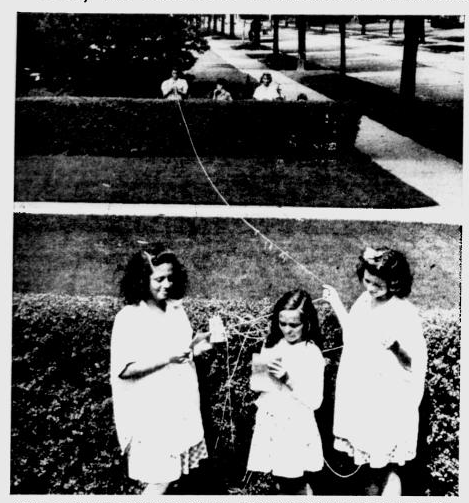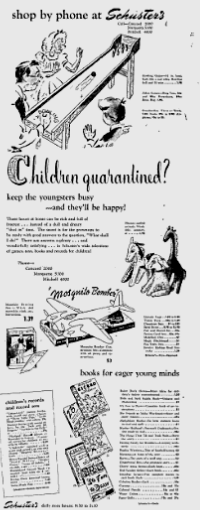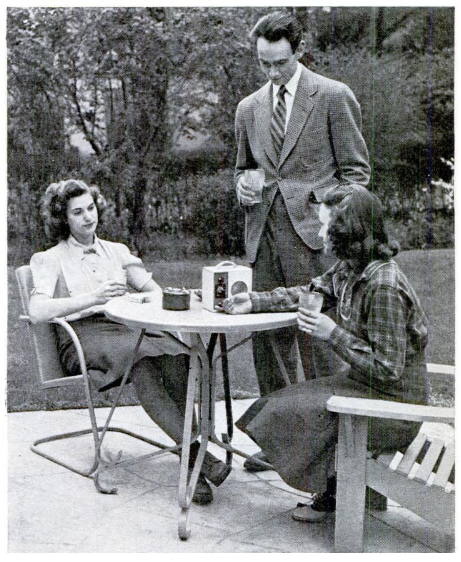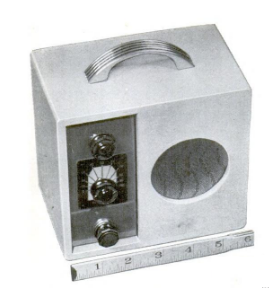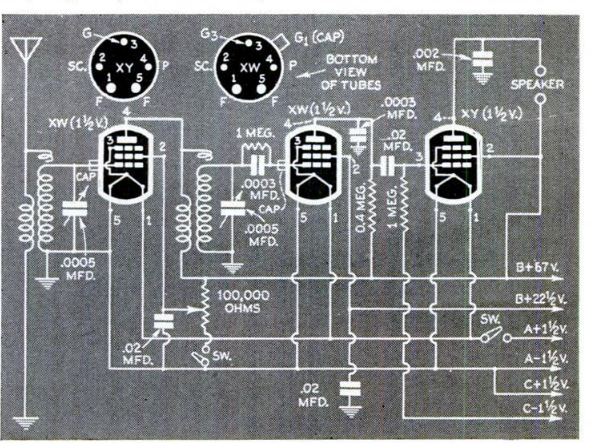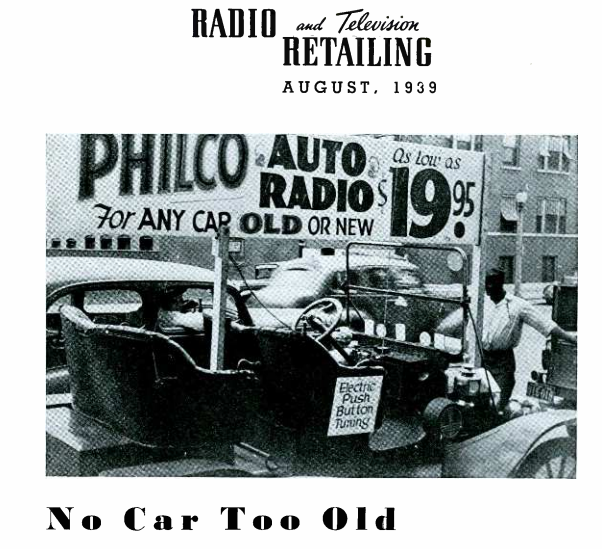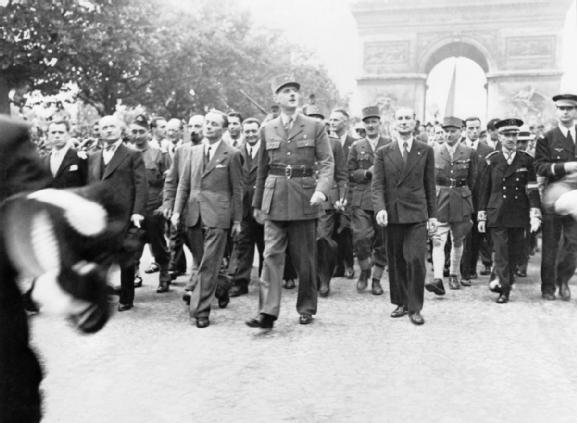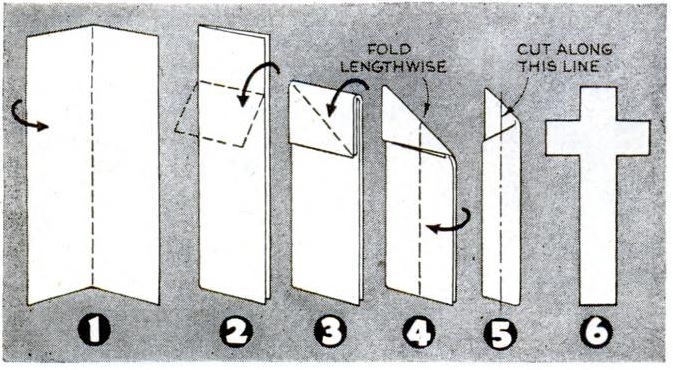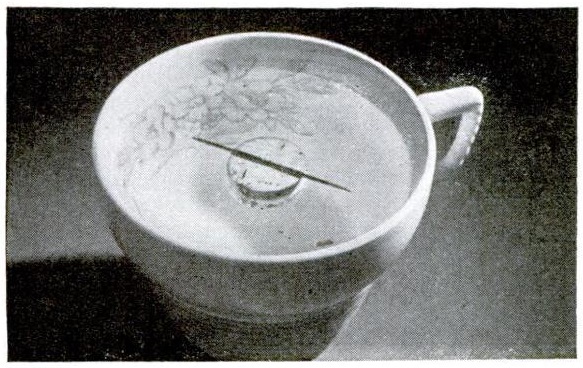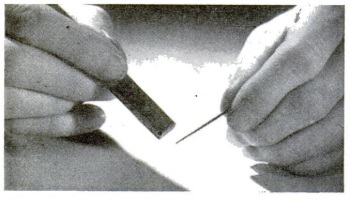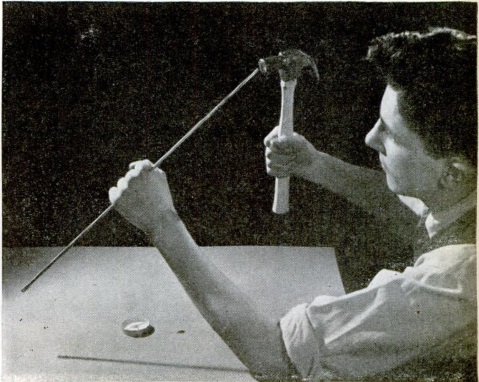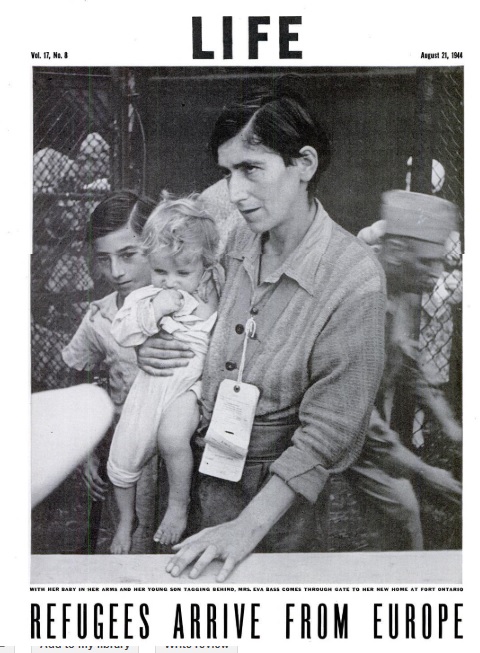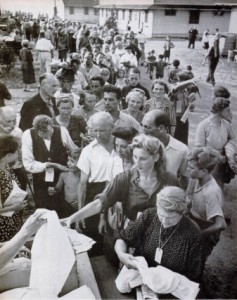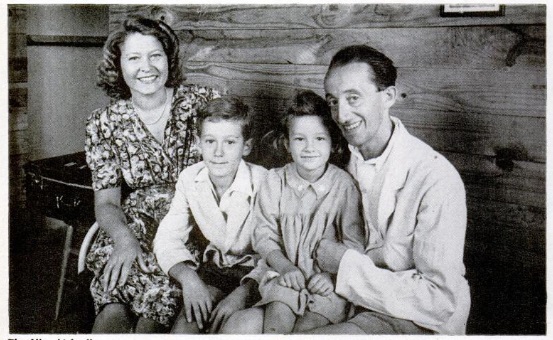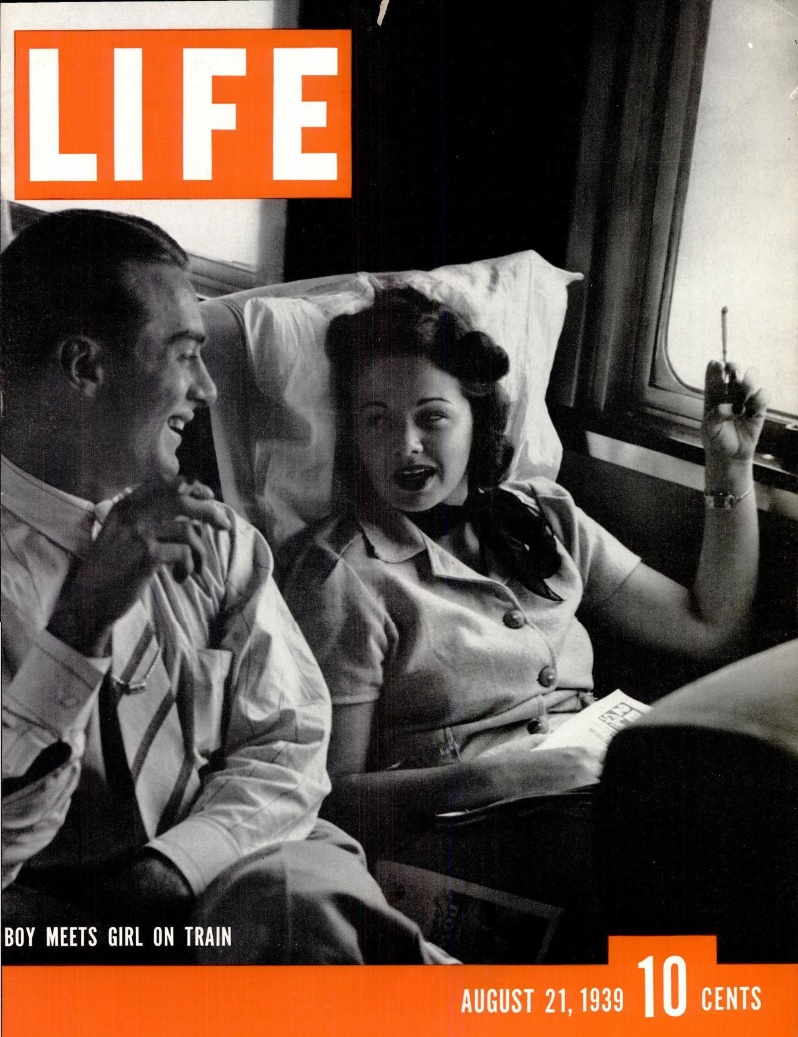
Eighty years ago today, the August 21, 1939, issue of Life Magazine carried this photo on its cover, with the caption “boy meets girl on train.” But it wasn’t just any train on which they met, it was the El Capitan, the modern train of the Atchison, Topeka and Santa Fe from Chicago to Los Angeles. The train’s running time was 39-3/4 hours. While not exactly a luxury train, it was marketed toward passengers who could afford only day-coach fares, but “disliked the long-drawn-ourt tedium and discomfort of an old-fashioned transcontinental coach train.”
The train did not have any Pullman cars. Instead, the coaches were designed to be soft and comfortable by day, but also made a reasonably restful sleep at night.
The article noted that rail traffic had been declining. In 1920, passenger revenue for U.S. railroads was $1.2 billion, but this had declined to a mere $400 million in 1938. The blame was placed on the highways, both private vehicles and buses. By upgrading the coach experience, it was hoped that the trains could compete with buses. New York to Los Angeles by train was 57 hours, whereas by bus, the same trip would take 90 hours.
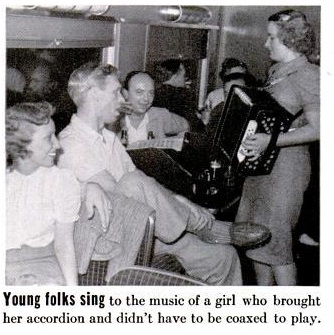 The magazine noted that, unlike most trains where passengers kept grimly to themselves, most passengers were young, friendly, and gregarious. It wasn’t uncommon to invite strangers to the bar for a beer. “Women put on slacks for comfort and men take off their ties.”
The magazine noted that, unlike most trains where passengers kept grimly to themselves, most passengers were young, friendly, and gregarious. It wasn’t uncommon to invite strangers to the bar for a beer. “Women put on slacks for comfort and men take off their ties.”
The train was powered by two quiet modern 1800 HP diesel electric locomotives, but when the train reached a 2.2% grade, a steam locomotive was brought in to assist, given the passengers a sound they hadn’t heard since Chicago.
The coaches included lounges in which passengers could change their clothing, and the dining car offered reasonably priced meals. The train remained in service until 1973.
The couple pictured on the cover were Richard C. Bergen, a lawyer, and Rosabelle Borushik, who worked for Republic Pictures. Richard was returning to California after a vacation in the East, and Rosabelle was going to California for vacation. “Though they became good friends en route, Richard unhappily forgot to get Rosabelle’s Los Angeles phone number before they left the train.” Bergen appears to be the same Richard C. Bergen who was later attorney and friend to Bing Crosby.
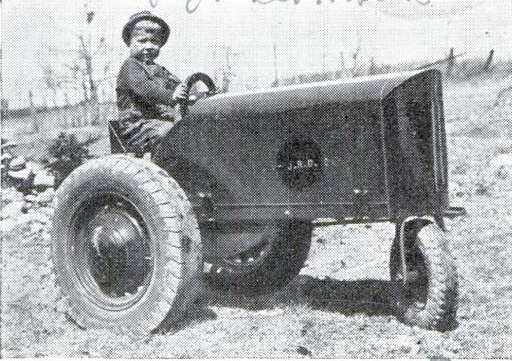 A few weeks ago, we featured a young man in 1944 driving around his California back yard in a tractor built by his father. And it’s not inconceivable that the father was inspired by this picture, which appeared in the August 1939 issue of Popular Mechanics.
A few weeks ago, we featured a young man in 1944 driving around his California back yard in a tractor built by his father. And it’s not inconceivable that the father was inspired by this picture, which appeared in the August 1939 issue of Popular Mechanics.
